The ever growing demand for poultry products has led to increase in number of people getting attracted towards poultry farming. It is a profitable business prospect.
However, running a poultry farm is not as easy as it appears. Starting and making it a successful business venture is something entirely different. You are not going to be merely a chicken farmer, instead you have to be an entrepreneur as well.
Taking this business to pinnacle requires putting in much more efforts. For operating this business you need to pay attention to the delicate care and maintenance.
Explore some helpful tips and solution to help your poultry farm/s perform at their maximum potential.
Feed Management
The quality of feed remains the main determinant factor in successful poultry farming. You must ensure that the birds must have an easy access to feed. From adequate feeder line height as per the height of the birds to reduce on the feed wastage and mixing feed with litter. INTRACO-CONVERSION FEEDS LTD provides good quality concentrate feed best for your birds.
Water Management
Water being the most important nutrient accounts for more than 70% of the bird’s daily drinking needs. In fact, poultry consume more water than feed during its lifetime. So an abundance of clean water is more than essential. A proper water management process will reduce challenges and maximize performance. Keep a check for:
- Evacuation of biofilms and mineral build up in water lines using CID2000
- Pressure, mineral content, quality, height, and accessibility.
- Cleanliness of drinker lines and containers prior to flock placement
- Water supplementation with APSA AMNOVIT as an anti stress pack improves egg production
Biosecurity
Biosecurity refers to those measures taken to prevent or control the introduction and spread of infectious agents to a flock. One ought to reduce inlet of diseases to the farm and also spread of the diseases with in the farm. Use of a premium disinfectant in footbaths and car baths like VIROCID helps reinforce biosecurity on the farm
Brooding Management
The period immediately after hatch requires special care and attention for the chicks. You must spend more time during this critical brooding phase. It ensures a good start in poultry production and will impact on the future health and performance of the birds significantly. Maintain brooder mortalities low using CARMINO PLUS or APSA AMNOVIT in water for the first 10 days. Access the duo from any conversion feeds shop near you.
Downtime between flocks
To help reduce transmission of disease between flocks it is essential to keep an adequate downtime, i.e. at least 28 days. This will include appropriate cleaning and disinfection measures plus, it will also allow time to prepare for the next flock.
Litter Mangement
While it is common for the birds to peck at the litter, the same acts as bedding in a poultry house. This means litter condition and quality put a serious impact on the bird’s intestinal health and profitability.
Dusty litter can be an indication that the birds may not be drinking enough. It can cause some respiratory problems like cough and flu. MIST dusty houses with VIROCID DISINFECTANT to reduce on the bacterial load.
In wet litter problems, the ammonia levels in the house rises. This poses danger to bird health potentially as it presents a vicious cycle for intestinal health. It serves as a breeding ground for potential pathogens. This can be a starting point for intestinal stress, further leading to diseases.
Stocking Density
Also referred to ‘crowding’ it is one of the most sensitive issues in poultry industry. Generally, a higher stocking density in addition to crowded housing conditions exerts a negative impact on performance. This will be leading to stress to both the birds As far as a comfortable stock density is concerned, it is said to be of 1 layer bird per square feet and 2 broiler birds per square feet.
Transition Monitoring
This will aid in understanding what is happening in the house. The examination of the activity of the flock and increase in the frequency at which houses are walked in helps early disease detection. Always check on the activity of birds very early in the morning before birds are given feeds, check on the colour of droppings for any abnormalities.
.
Lastly, try to establish a strong communication and coordination between everyone involved in running your farm. This ensures a stronger and more successful management program for your business and birds.
Vet Bahati Robert Juma
0758943235
0786712645
Conversion Feeds Ltd

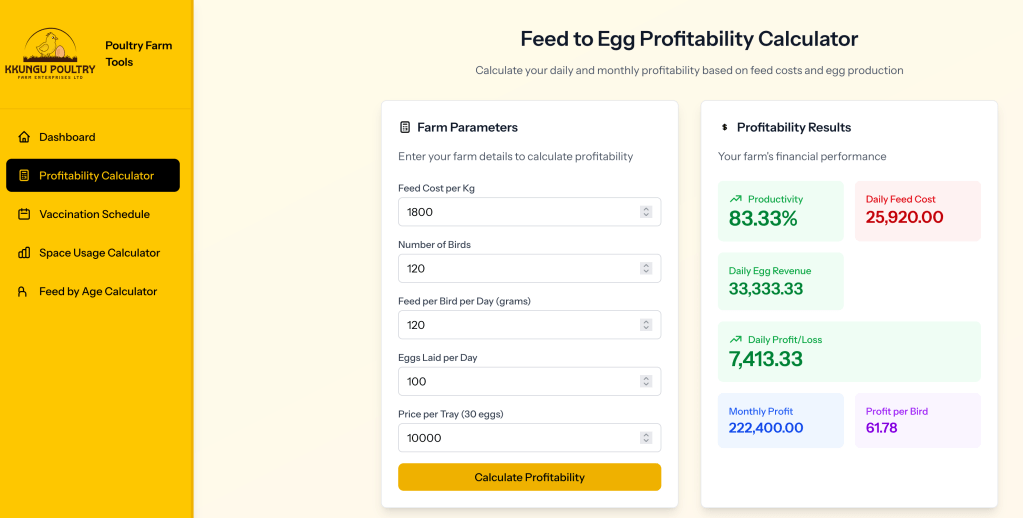
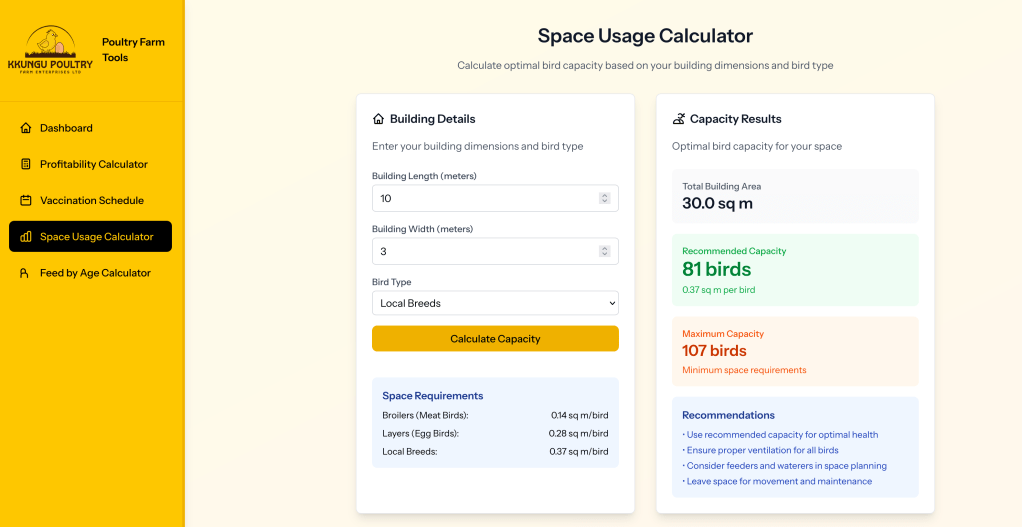










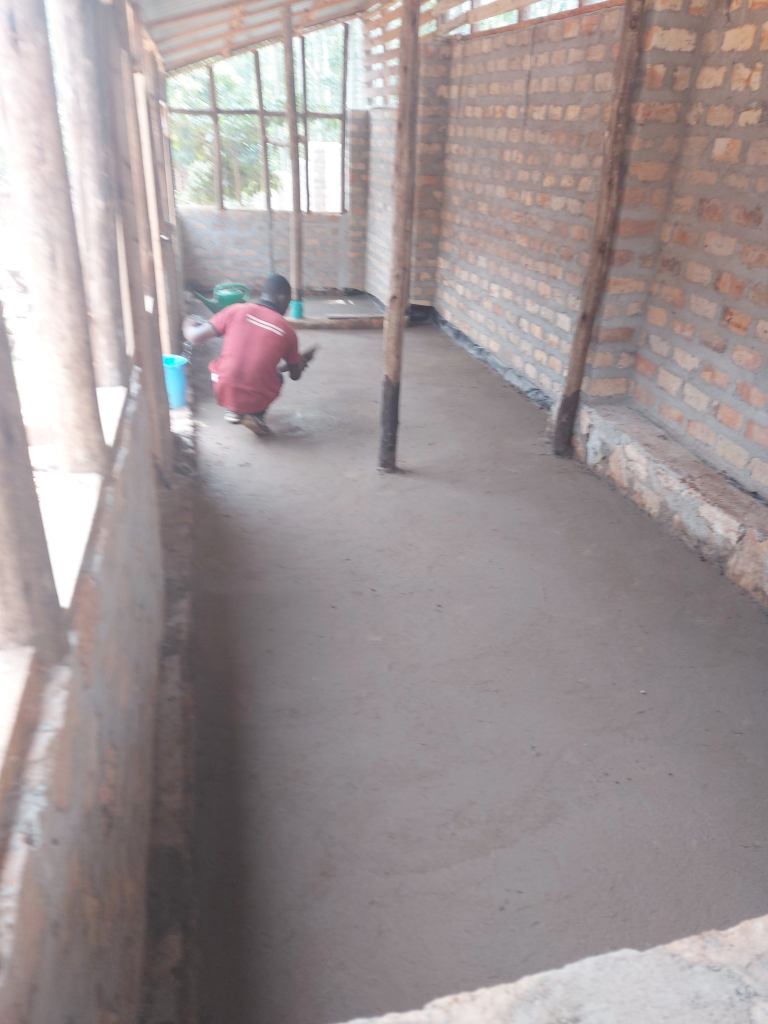
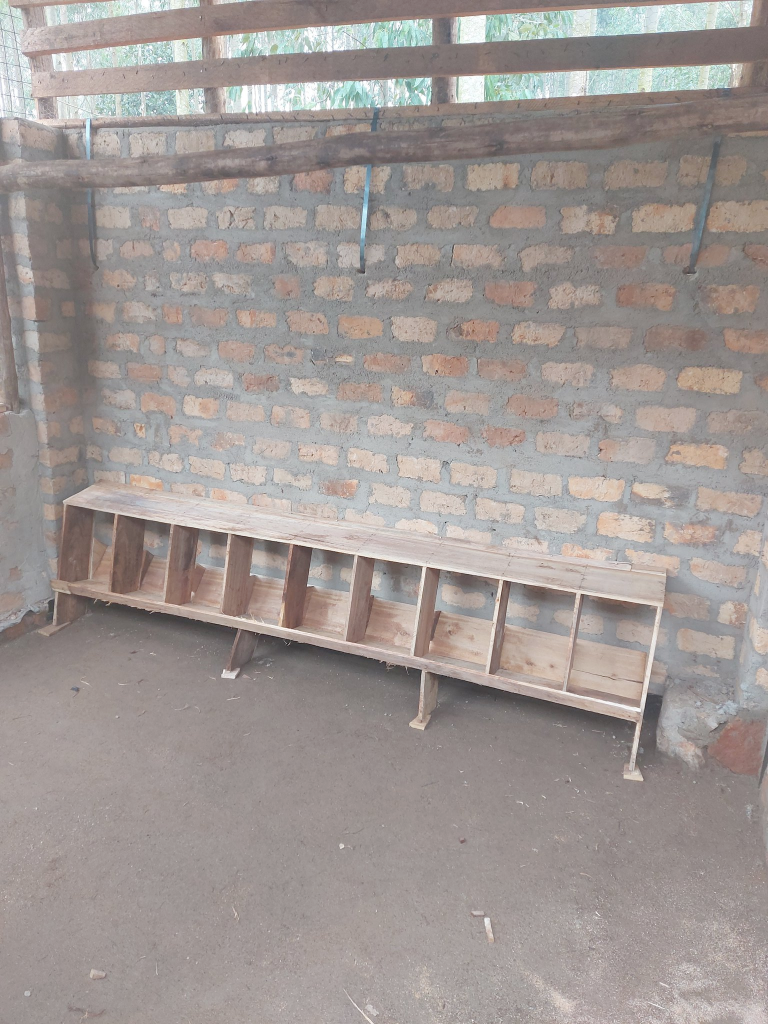
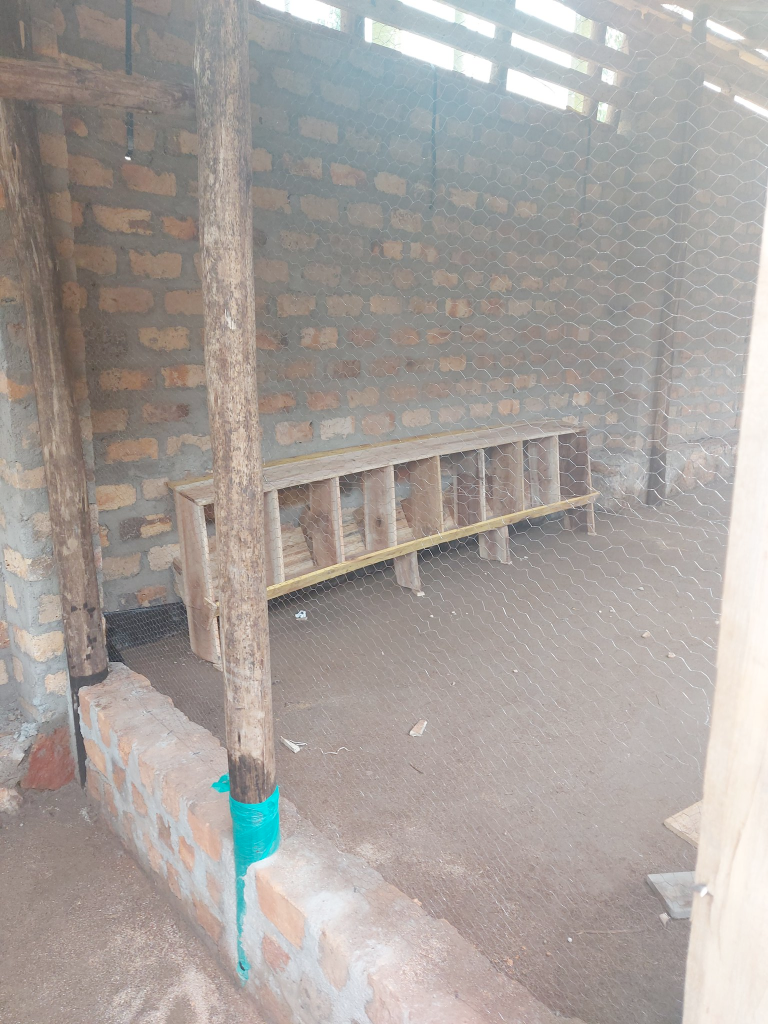








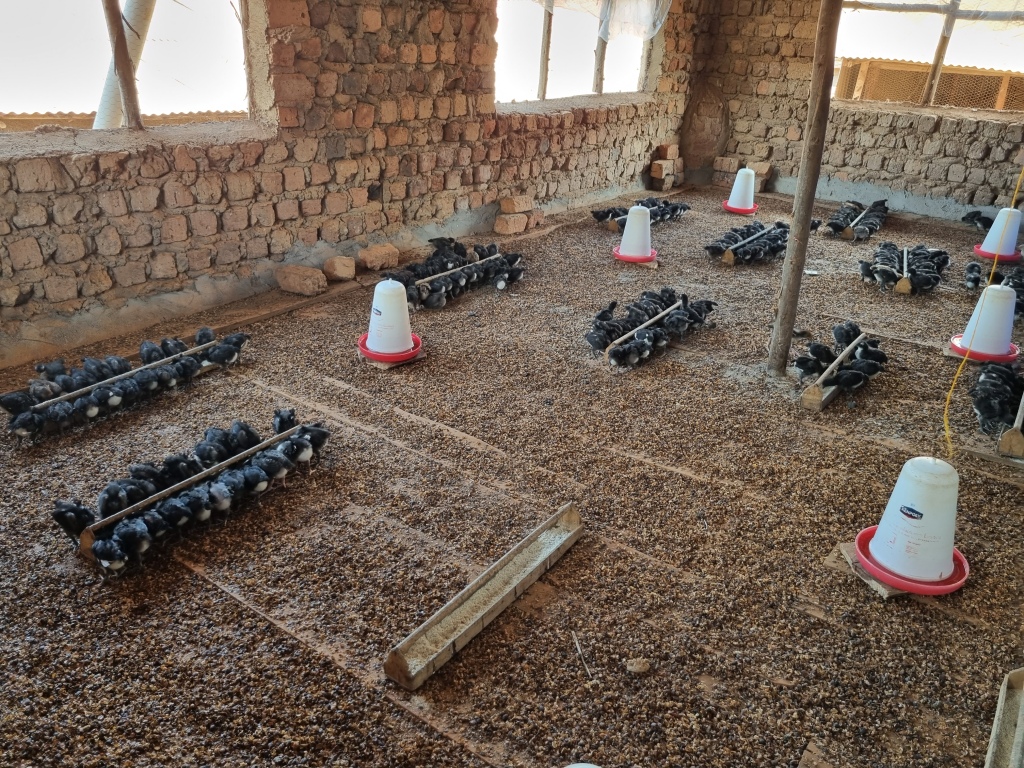
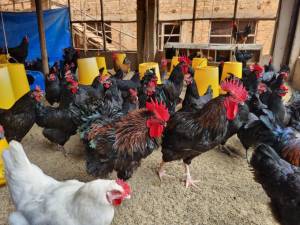
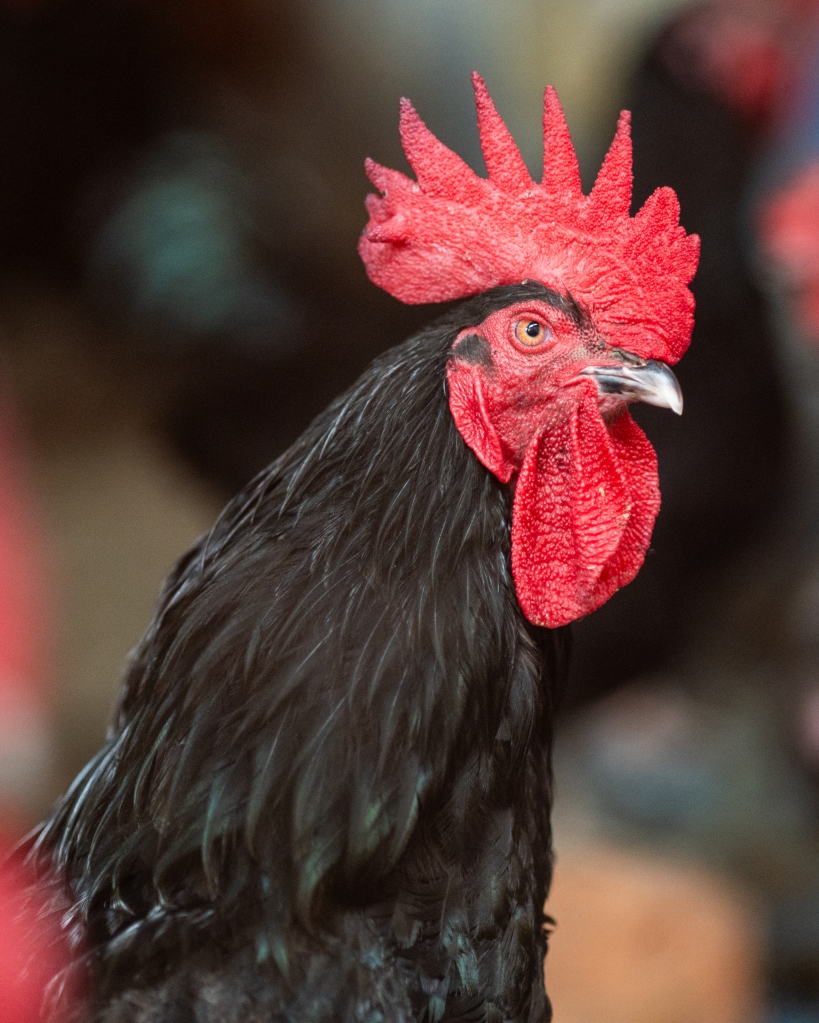


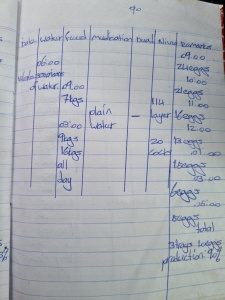








You must be logged in to post a comment.